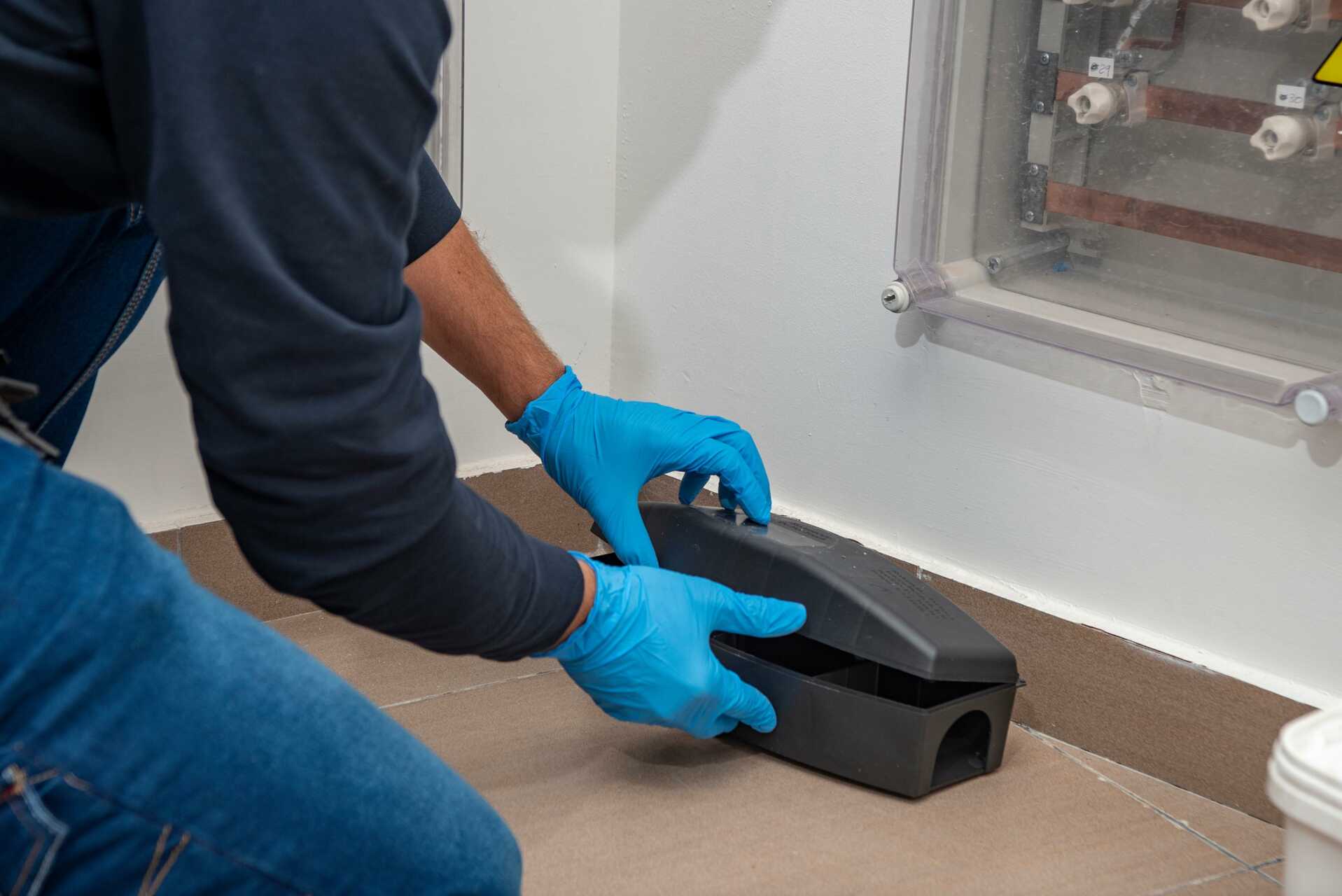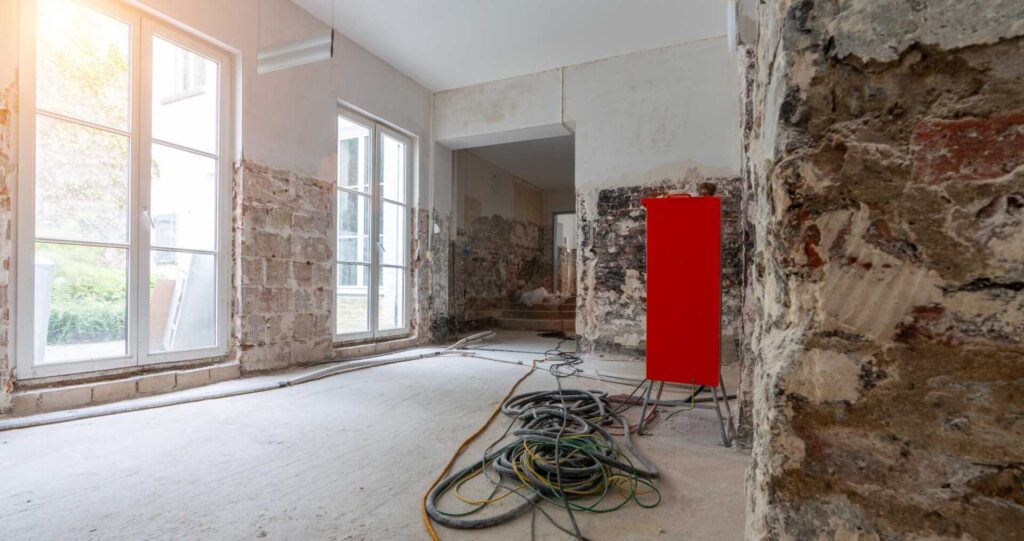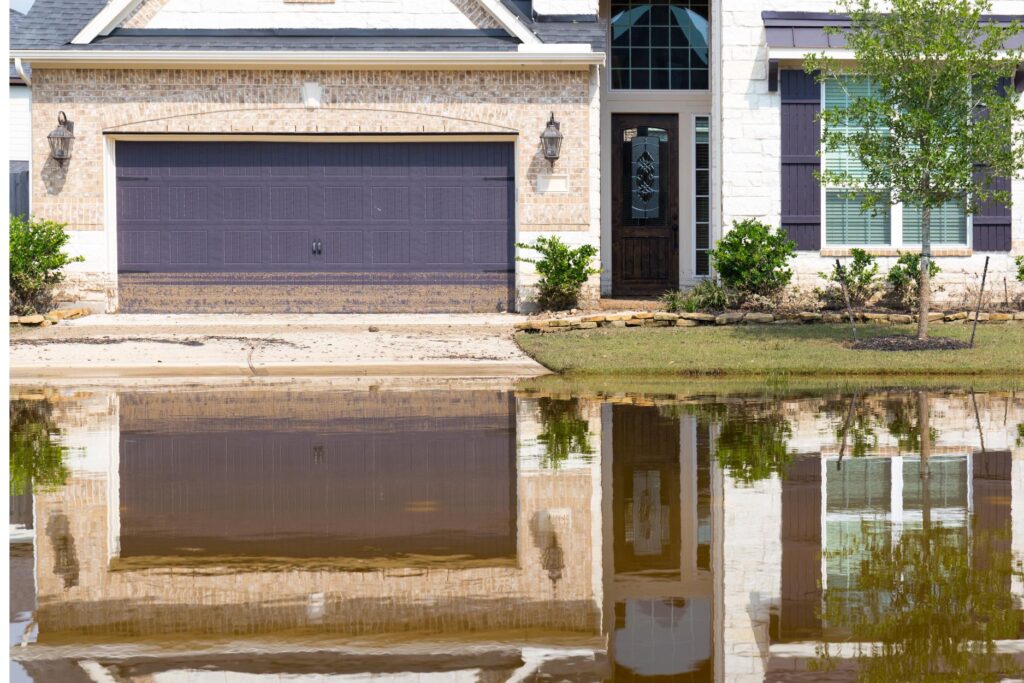Contents
Ensuring your home is pest-free requires diligence and proactive measures. Each step is essential in safeguarding your living space, from sealing entry points to maintaining a tidy environment. But what if you could do more than react to the presence of pests? What if there were practical techniques that could prevent them from entering your home altogether? Let’s explore some proven strategies that can help you fortify your home against unwanted intruders.
Inspect for Entry Points
Inspecting for entry points is a critical step in pest prevention. By carefully examining the exterior of your home, you can identify potential openings that pests may use to gain access indoors. Start by inspecting the foundation for cracks or gaps, as these can be prime entry points for insects and rodents.
Check around windows and doors for any gaps or damaged seals that could allow pests to sneak inside. Additionally, pay close attention to areas where utility lines enter your home, as these openings can provide easy access for pests seeking shelter.
To thoroughly inspect for entry points, equip yourself with a flashlight and a mirror to help you see into tight spaces. Look for signs of gnawing, droppings, or debris near potential entry points, as these can indicate recent pest activity.
Seal any openings you find with caulk, weatherstripping, or wire mesh to prevent pests from entering your home.
Maintain Cleanliness Indoors and Outdoors
Upholding regular cleaning practices both indoors and outdoors is essential to prevent pests from entering your home.
Indoors, make sure to clean up spills promptly, dispose of garbage regularly, and keep food stored in airtight containers.
Outdoors, remember to remove debris such as fallen leaves, woodpiles, and standing water, as these can attract pests and provide them with a breeding ground.
Regular Cleaning Practices
Maintaining cleanliness both indoors and outdoors is of utmost importance to effectively prevent pests from infiltrating your home. Regular cleaning practices play a pivotal role in deterring pests from making your home their own.
Indoors, focus on keeping kitchen surfaces free of crumbs and spills, as these can attract pests like ants and cockroaches. Vacuum and mop regularly to eliminate any food particles or residues that might entice pests. Don’t forget to clean behind and under furniture, appliances, and cabinets where crumbs often accumulate.
Outdoors, keep your yard free of debris, as piles of leaves or wood can harbor pests such as rodents and termites. Make sure that garbage bins are tightly sealed, and regularly remove any standing water sources that can be breeding grounds for mosquitoes.
Outdoor Debris Removal
When it comes to maintaining cleanliness both indoors and outdoors to prevent pests from taking over your home, outdoor debris removal is an essential aspect to consider. Outdoor debris, such as fallen leaves, twigs, and stagnant water, can attract pests like mosquitoes, ants, and rodents. To effectively prevent these pests from entering your home, keeping your outdoor spaces tidy and free of clutter is vital.
Start by regularly raking up fallen leaves and disposing of them properly.
Trim overgrown bushes and trees to eliminate potential hiding spots for pests.
Clear out gutters and drains to prevent water from pooling, as stagnant water is a breeding ground for pests.
Additionally, keep firewood stacked away from your home and elevated off the ground to deter pests like termites.
Proper Food Storage
Proper food storage is essential in preventing pests from invading your home. Pests are attracted to food sources, and by ensuring your food is stored correctly, you can significantly decrease the risk of infestations.
Start by storing all food in airtight containers made of glass, metal, or heavy-duty plastic. This prevents pests like ants, cockroaches, and rodents from accessing your food supply. Make sure to seal any cracks or gaps in your pantry or cabinets where pests could enter.
Keep your kitchen clean and free of crumbs by wiping down surfaces and sweeping regularly. Even the smallest food particles can lure pests. Store fruits and vegetables in the refrigerator or in sealed containers to deter fruit flies and other insects from being attracted to them. Additionally, regularly check for expired or spoiled food items and dispose of them properly to avoid luring pests.
Consider investing in airtight pet food containers to prevent pests from being drawn to your furry friend’s food. Clean these containers regularly and avoid leaving pet food out overnight. By following these proper food storage practices, you can create an environment that’s less welcoming to pests, reducing the likelihood of infestations in your home.
Trim Vegetation Near Your Home
Maintaining well-groomed vegetation around your home is a crucial step in pest prevention. Overgrown plants and bushes near your house can offer convenient pathways for pests like ants, rodents, and even termites to access your living space. By keeping vegetation trimmed and a few feet away from your home, you establish a barrier that deters pests from getting too close.
When plants are allowed to grow close to the exterior of your house, they can create a connection for insects and rodents to reach your home. Additionally, dense vegetation can trap moisture, creating a humid environment that attracts pests seeking water sources. By trimming vegetation regularly, you not just remove these pathways but also decrease the moisture content around your home.
Focus on pruning trees, shrubs, and bushes that are in close proximity to your house. Pay particular attention to any branches or leaves that touch the structure, as these can act as entry points for pests.
Regularly inspect the perimeter of your home to make sure that vegetation is well-kept and not encroaching on your living space. By taking these proactive steps, you can significantly lessen the risk of pest infestations and establish a pest-resistant environment in and around your home.
Address Moisture Issues
Addressing any moisture issues in your home is important to effectively prevent pests. Moist environments attract pests like termites, cockroaches, and rodents. These pests thrive in damp conditions, making it vital to keep your home dry and well-ventilated.
One common source of moisture issues in homes is plumbing leaks. Check for any leaks under sinks, around toilets, and in the basement. Even minor leaks can create the perfect breeding ground for pests. Fixing these leaks promptly can help prevent pest infestations.
Another important step is to maintain proper ventilation in areas prone to moisture, such as bathrooms, kitchens, and basements. Use exhaust fans or open windows to promote air circulation and reduce humidity levels. Dehumidifiers can also be beneficial in controlling moisture in particularly damp areas.
Regularly inspect your home for any signs of water damage, such as discolored walls, peeling paint, or musty odors. Addressing these issues promptly can prevent them from escalating and attracting pests.
In addition to addressing existing moisture issues, it’s critical to take preventive measures. Keep gutters clean to prevent water from accumulating near your home’s foundation. Properly grade the soil around your home to ensure water drains away from the structure. By proactively managing moisture levels in your home, you can effectively deter pests from taking up residence.
Regular Pest Inspections
Keeping your home free of pests requires regular pest inspections conducted by professionals. These inspections can help detect any signs of infestations early on, allowing for prompt and targeted treatment.
Professional Pest Inspections
Regular pest inspections conducted by professional exterminators are essential for maintaining a pest-free home environment. These inspections involve thorough examinations of your property to identify any signs of pest infestations, potential entry points, and conducive conditions for pests to thrive. Professional pest inspectors are trained to detect even the smallest indications of pest activity, ensuring that issues are addressed promptly before they escalate.
During a professional pest inspection, exterminators will assess both the interior and exterior of your home, including common hiding spots like attics, basements, crawl spaces, and around plumbing fixtures. By employing specialized tools and techniques, they can pinpoint areas vulnerable to pest intrusion and recommend targeted solutions to prevent future infestations.
Regular pest inspections play a crucial role in eradicating existing pest problems but also serve as a proactive measure to safeguard your home against potential pest threats.
Timely Property Checks
How frequently should you conduct property checks to ensure your home remains free from pest infestations? Regular pest inspections are essential to maintaining a pest-free environment in your home. It’s recommended to conduct property checks at least once every three to six months, depending on your location and the level of pest activity in your area. By scheduling timely inspections, you can detect any signs of pest presence early on and take necessary actions to prevent infestations.
During property checks, focus on areas where pests are most likely to enter your home, such as cracks in walls, gaps around windows and doors, and entry points for utilities like pipes and cables.
Inspect your property’s interior and exterior thoroughly, paying close attention to dark and damp areas where pests tend to hide.
Preventative Maintenance Measures
Implementing preventative maintenance measures through regular pest inspections is crucial for effective pest management in your home. You can identify and address pest issues before they escalate by conducting routine checks and maintaining a pest-free living environment. Here are some key tips to help you sustain a pest-free home through regular inspections:
Seal Entry Points: Inspect your home for any cracks, gaps, or openings that pests can use to enter and seal them to block their access.
Remove Clutter: Regularly declutter your living spaces as pests often hide in cluttered areas, making it challenging to detect them during inspections.
Monitor Moisture Levels: Keep an eye on moisture-prone areas like basements and attics as pests are attracted to humid environments.
Inspect Outdoor Areas: Check your outdoor spaces for signs of pest activity and address any issues to hinder pests from entering your home.
Consult Professionals: Consider hiring pest control experts for thorough inspections and treatments to maintain your home’s pest-free status.
Recap
By diligently inspecting entry points, maintaining cleanliness, storing food properly, trimming vegetation, addressing moisture, and scheduling regular pest inspections, you have built a fortress against unwanted pests in your home. Just as a vigilant watchman guards a castle from intruders, your proactive measures will defend your sanctuary from the relentless assault of pests. Stay vigilant, implement these proven tips, and enjoy a pest-free environment in your home.




